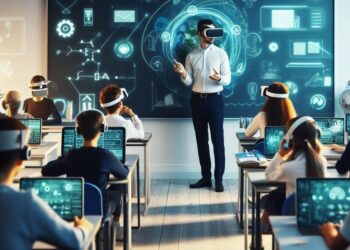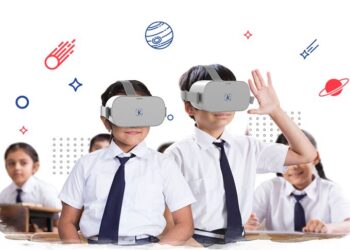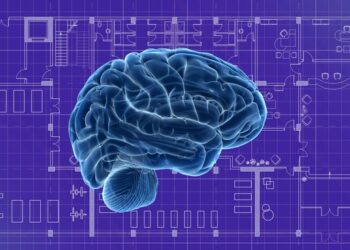Collaborative learning is more than just group work; it’s a pedagogical approach that fundamentally reshapes the educational landscape. It’s an intentional strategy where students work together in small groups to achieve a common goal, share knowledge, and build on each other’s strengths. This method moves away from the traditional, teacher-centric model and places students at the heart of the learning process. By fostering active engagement and peer-to-peer interaction, it not only improves academic outcomes but also develops critical life skills. This article explores the multifaceted benefits of collaborative learning, delves into effective strategies for implementation, and examines its growing importance in our interconnected, modern world.
In an era defined by interconnectedness and teamwork, the ability to collaborate is no longer a soft skill—it’s a necessity. From the boardroom to the operating room, success often hinges on a team’s ability to communicate, problem-solve, and innovate together. Traditional education, with its emphasis on individual achievement and competition, often falls short in preparing students for this reality. Collaborative learning fills this gap by creating an environment where students learn how to negotiate, resolve conflicts, and leverage diverse perspectives. It transforms the classroom from a place of passive knowledge consumption into a dynamic hub of creation and shared discovery.
A. The Psychological and Cognitive Benefits
The advantages of collaborative learning extend far beyond simply getting a task done. It taps into several key psychological and cognitive principles that enhance the learning experience.
A. Enhanced Critical Thinking and Problem-Solving: When students work together, they are exposed to different viewpoints and approaches. This process forces them to critically evaluate their own ideas and consider alternatives. They must defend their positions, ask probing questions, and collectively synthesize information to arrive at a solution. This intellectual friction is what sharpens their critical thinking and creative problem-solving skills. A single student might get stuck on a problem, but a group can pool their knowledge and overcome obstacles together.
B. Deeper Retention of Information: The act of explaining a concept to a peer solidifies one’s own understanding. This is known as the “Protégé Effect.” When a student takes on the role of a teacher, they are forced to organize their thoughts, clarify ambiguities, and present the information in a coherent manner. This process of active recall and elaboration strengthens neural pathways, leading to a much deeper and longer-lasting retention of the material. It’s a fundamental shift from memorization to genuine comprehension.
C. Increased Motivation and Engagement: Working in a group can make learning more enjoyable and less intimidating. The shared responsibility and sense of community can motivate students who might otherwise feel disengaged. When they feel like their contributions are valued and that they are part of a team, they are more likely to participate actively and take ownership of their learning. The social aspect of collaborative learning can turn a daunting subject into a fun and rewarding experience.
D. Development of Social and Emotional Skills: Collaborative learning is a crucible for developing emotional intelligence and interpersonal skills. Students learn how to listen actively, provide constructive feedback, manage conflict, and appreciate diversity. They develop empathy as they try to understand their peers’ perspectives and learn to support one another. These skills are invaluable in all aspects of life, from personal relationships to professional careers.
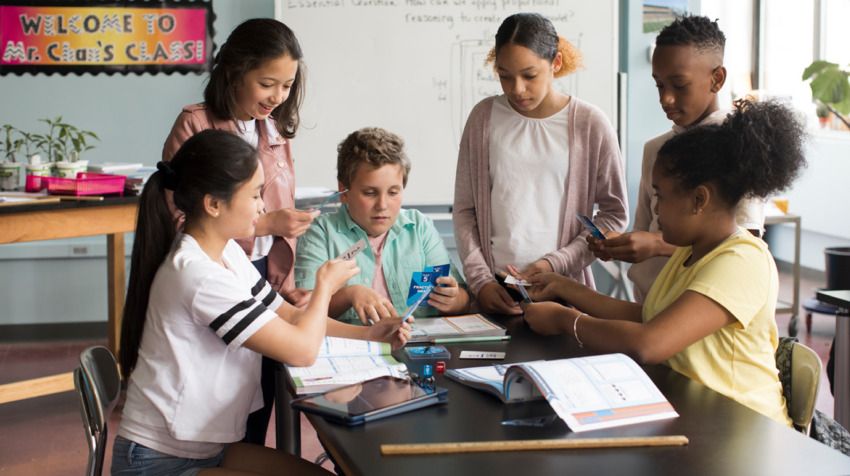
B. Key Strategies for Effective Implementation
Simply putting students into groups is not enough; the success of collaborative learning hinges on thoughtful planning and implementation.
A. Define Clear Roles and Responsibilities: For a group to function effectively, each member must know their role. Roles can be fluid and rotate between tasks, but examples include:
- Facilitator: Ensures everyone has a chance to speak and keeps the group on track.
- Note-Taker: Documents key decisions and information.
- Reporter: Summarizes the group’s findings and presents them to the class.
- Timekeeper: Manages the group’s time to ensure tasks are completed efficiently. Assigning roles prevents social loafing and ensures that every student contributes meaningfully.
B. Structure the Task for Interdependence: The task must be structured in a way that requires genuine collaboration. A “jigsaw” strategy is a great example: each student becomes an expert on a different piece of the puzzle and then teaches their part to the rest of the group. This creates positive interdependence, where a group’s success depends on every member’s contribution. If the task can be easily divided and completed individually, students will often choose to work alone, defeating the purpose of collaboration.
C. Establish Clear Rules and Expectations: Before any group work begins, it’s essential to set ground rules. This can include expectations around respectful communication, active listening, and conflict resolution. Discussing these rules as a class and having students contribute to their creation can increase buy-in and ownership. A clear rubric for group projects is also crucial, as it sets expectations for both the final product and the collaborative process itself.
D. Monitor and Intervene as a Guide: The teacher’s role in collaborative learning shifts from a “sage on the stage” to a “guide on the side.” They circulate among the groups, listening to discussions, asking probing questions, and offering guidance when needed. This allows the teacher to identify any struggling groups, provide timely feedback, and help students work through disagreements. This form of scaffolding ensures that students are supported without the teacher taking over the task.
C. The Impact on the Modern Learning Environment
Collaborative learning is a perfect fit for the demands of the 21st century. Its principles are being adopted in various educational settings, from traditional classrooms to the burgeoning world of online learning.
A. Bridging the Digital Divide: In online learning, collaborative tools like shared documents, video conferencing, and discussion forums can replicate the group work experience of a physical classroom. These tools allow students from different geographical locations and backgrounds to work together, fostering a global perspective. This is particularly important for distance education and lifelong learning, where learners might be spread across the world.
B. Fostering a Culture of Innovation: Many modern workplaces are built on the principles of collaboration. Companies use agile methodologies, design sprints, and cross-functional teams to tackle complex problems. By training students in collaborative learning from a young age, we are preparing them to be effective members of these teams. They learn to communicate their ideas, receive feedback gracefully, and contribute to a larger, shared vision—skills that are highly sought after by employers.
C. Personalizing the Learning Experience: While it may seem counterintuitive, collaborative learning can be highly personalized. In a group, a student who is struggling with a concept can get one-on-one help from a peer who understands it better. This peer tutoring is often more effective than a teacher’s explanation because the peer can use language and examples that resonate more with their fellow student. It creates a network of support that caters to individual learning needs.
D. The Role in Project-Based Learning: Collaborative learning is the cornerstone of Project-Based Learning (PBL), a powerful pedagogical approach where students investigate and respond to a complex question, challenge, or problem. In PBL, students work together to create a tangible product or solution, such as building a robot, designing a sustainable city, or producing a documentary. The collaborative nature of these projects mirrors real-world challenges and makes the learning experience more authentic and engaging.
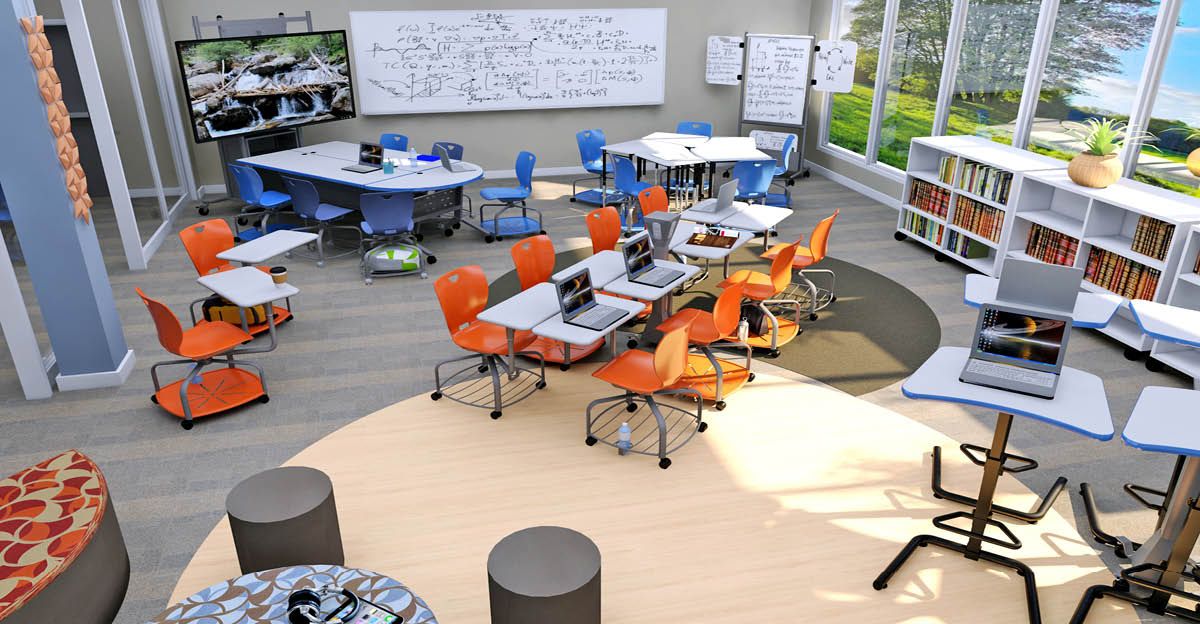
D. The Challenges and How to Overcome Them
No educational strategy is without its challenges. Implementing collaborative learning effectively requires addressing potential pitfalls.
A. Managing Group Dynamics: Not all groups work well together. Issues like social loafing (when one or more members do not pull their weight), interpersonal conflicts, or the “expert effect” (when a single, dominant student takes over the work) can undermine the process. To mitigate this, teachers can use tools for peer evaluation, provide conflict resolution training, and carefully compose groups to ensure a balance of personalities and skills.
B. Fair and Accurate Assessment: Grading a group project can be complex. It’s difficult to accurately assess individual contributions when the final product is a collective effort. Solutions include using a combination of individual and group grades, incorporating peer evaluations into the final score, and observing group interactions to assess each student’s process. The focus should be on both the final product and the journey of collaboration.
C. Time Constraints and Curriculum Pressure: Collaborative learning can be more time-consuming than traditional lecture-based methods. Teachers may feel pressured to cover a large amount of content in a limited time, making it difficult to allocate time for group work. However, the deeper retention and skill development that result from collaboration can justify the extra time, as students will be better prepared to apply what they’ve learned in the future.
In conclusion, collaborative learning is a transformative educational strategy that offers a path to a more engaging, effective, and relevant form of education. It moves beyond rote memorization and focuses on the development of skills that are essential for success in the 21st century: critical thinking, communication, and teamwork. While its implementation requires careful planning and a shift in pedagogical approach, the rewards are immense. It prepares students not just for tests but for life, empowering them to become active participants, innovative problem-solvers, and empathetic collaborators in a world that increasingly values collective effort. By embracing collaborative learning, we are not just changing how students learn; we are fundamentally redefining what it means to be educated.


